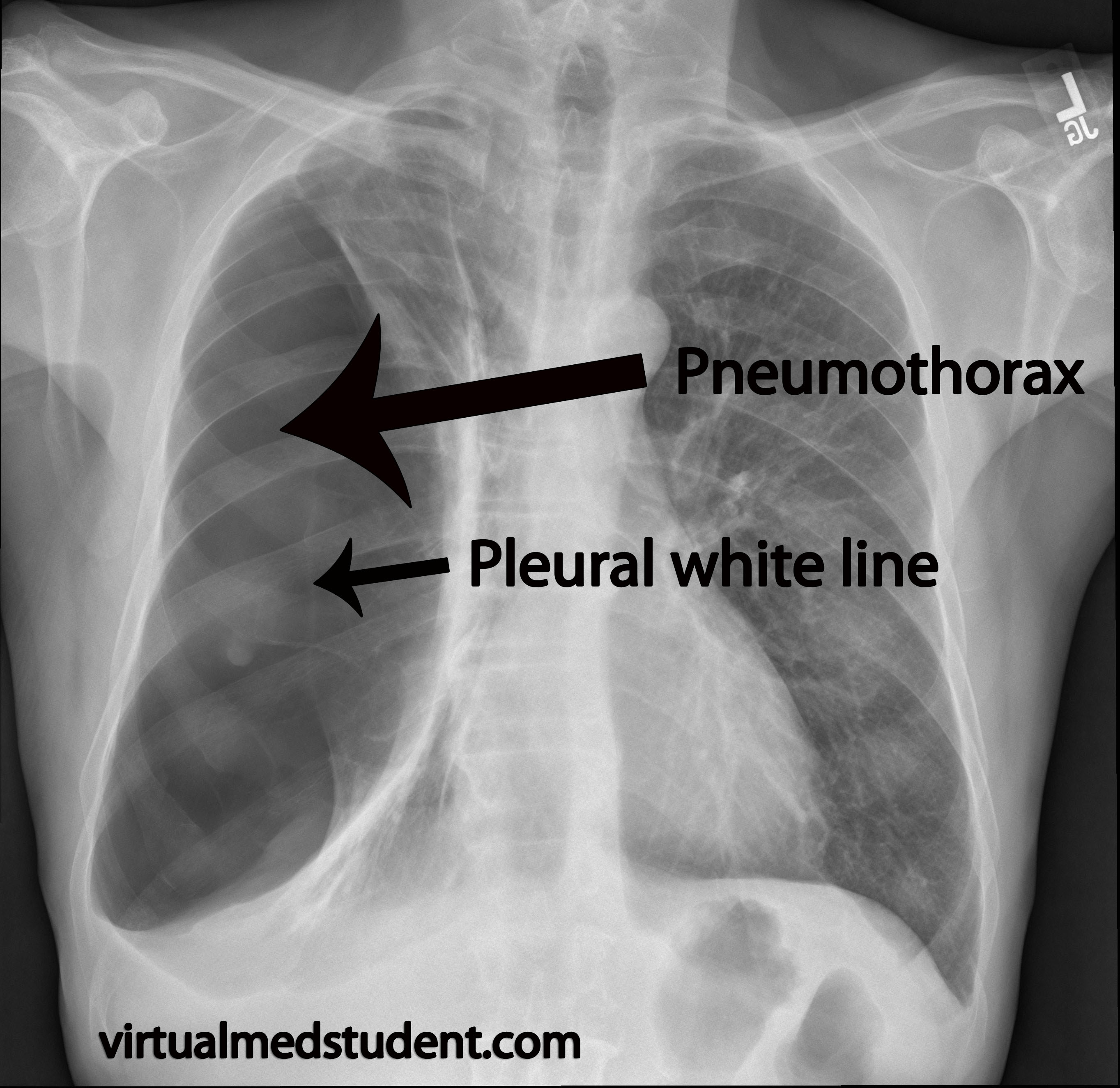Question:
What is pseudomembranous colitis? What is the organism responsible and what is the pathophysiology?
Answer:
Pseudomembranous colitis is inflammation of the bowel associated with clostridium dificile and is a cause of antibiotic-associated diarrhoea.
Pathophysiology
The use of broad spectrum antibiotics such as cephalosporins or penicillin based antibiotics such as amoxicillin cause alteration of the normal bowel flora. The antibiotic kills off other competing bacteria in the intestine and any bacteria that remains has less competition for space and nutrients. Clostridium dificile may colonize the gut usually but when over-extensive growth due to less competition, in conjunction with toxins produced by the Clostridium dificile results in pseudomembranous colitis
 |
| Pseudomembranous colitis |
The pseudomembranes on the mucosa of the colon or rectum is diagnostic. The pseudomembranes are composed of an exudate made of inflammatory debris, white blood cells.






















